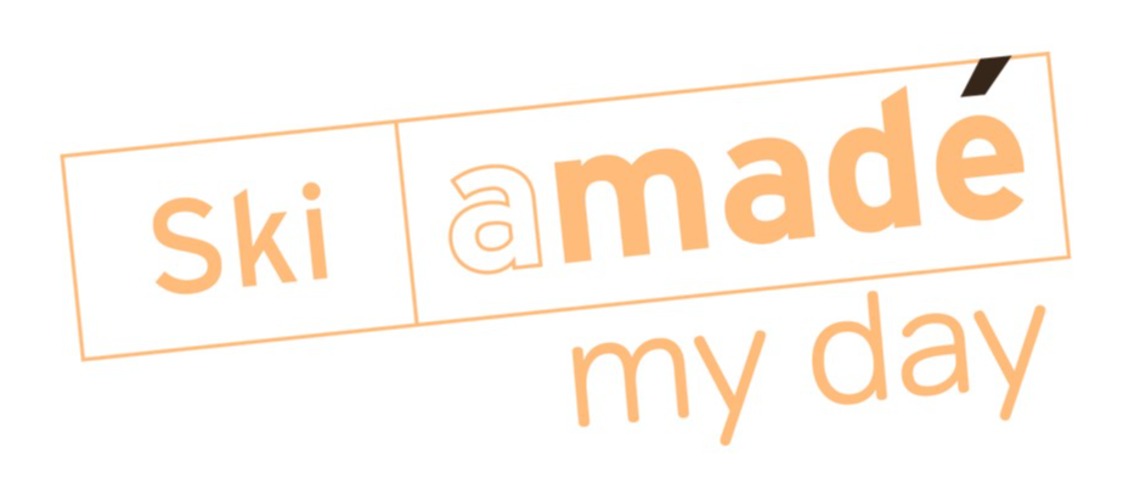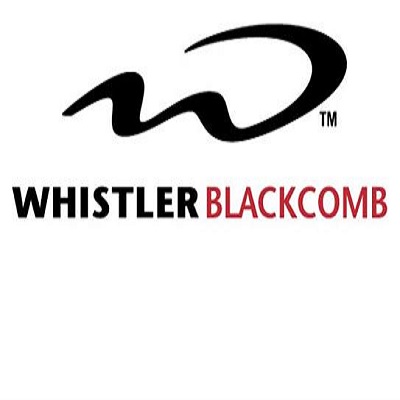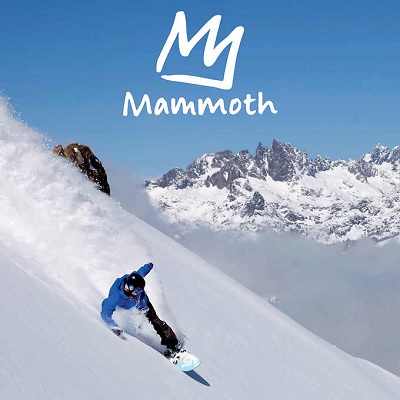Ski Amade Expert Discussion: Alpine Tourism Companies - Economic Challenge In A Dynamic Environment

The traditional expert discussion of the Ski amadé Academy took place in the culture and congress center in St. Johann im Pongau. The program included exciting lectures and discussions.
Lecture 1:
Mag. Oliver Fritz, MSc – Senior Economist at the Austrian Institute for Economic Research
Tourism in Crisis – Crisis in Tourism? A preview of the coming winter season
Oliver FRITZ works as an economist at the Austrian Institute for Economic Research (WIFO) in Vienna and is part of the team in the research area Structural Change and Regional Development.
After an unprecedented slump in economic output in spring 2020 as a result of the COVID-19 pandemic, the economy recovered very quickly worldwide and also in Austria. The attack by the Russian Federation on Ukraine in February 2022 put an abrupt end to this positive trend: the energy crisis triggered in Europe as a result, among other factors (such as supply chain disruptions), led to a significant increase in price levels, combined with fears of a recession.
In fact, most forecasts assume that the economy in many European countries will stagnate in 2023, and a decline in real gross domestic product is also conceivable.
Inflation and stagnating economic output go hand in hand with a weakening of purchasing power, which will also affect the demand for tourism services. While there was still little restraint in holiday travel last summer, it is to be feared that the prospects for the coming winter season will be more severely affected by inflation and uncertainty about future economic development - after two winter seasons in which the tourism industry suffered from the pandemic there will probably be no "winter like before" this year either.
Essential goods such as household energy and groceries are also hit harder than average by the price increases - although households can also save in these areas and are also supported by government aid programs, it is to be expected that household budgets will be reallocated at the expense of spending on vacation and leisure activities . Compared to vacations in summer, which have become a matter of course for many households in Europe, the savings when traveling in winter are likely to be higher - winter vacations are often still a "luxury good", the consumption of which is disproportionately restricted in times of crisis.
It is unclear how savings will be made – households can pursue different strategies. These range from a reduction in the number of holiday trips to a shorter travel duration, changes in the choice of destination or the quality of accommodation. In the absence of experience from other crises that are similar to the current crisis, no reliable predictions can be made. Destinations could also be affected very differently, depending on which guest groups they target and the specific strategies that each group follows.
The high level of competitiveness in international comparison, which Austria has acquired primarily in alpine tourism, offers advantages even in times of crisis, but will not be able to prevent the expected loss of income due to the economic downturn and the decline in purchasing power.
In addition, it cannot yet be completely ruled out that the energy available in winter is sufficient to supply not only households but also all companies.
In addition to the still virulent problem of the lack of workers, which is particularly affecting tourism, an energy shortage could lead to restrictions in the tourist offer. And finally, there is no guarantee that COVID-19 will not celebrate an unwanted comeback - with all the negative consequences that we are already familiar with from the past two years.
Lecture2
Stefan Richter – Country Manager - DACH at Smart Pricer GmbH
Dynamization of price strategies - reaction to escalating costs and short-term demand
Development of the dynamic price system over the last few years
Industries related to tourism, such as airlines, car rental companies and hotels, have been using and benefiting from the effects of dynamic prices for years. So what has long been common practice in aviation and in the hotel industry is now also being used on the ski slopes: prices that adapt to different situations. This price system is not unknown to the guest and has always been a part of tourist activities. In large, well-known ski areas, the use of dynamic prices can generate positive experience. As expected, the acceptance among ski guests is high.
How does dynamic pricing work?
- main variables
- Price reductions and increases
- Booking curve progression – slow, moderate, fast
principles
- If you book early, you benefit!
- If you book late on busy ski days, you have to expect a higher price
- Escalating costs / short-term demand
Significant cost increases in the areas of energy and personnel require higher sales → average price per ticket must increase (guest growth is not possible indefinitely)
- Short-term demand makes planning difficult for tourism companies
- Flexible price model with the basic principles - Result or effects for the customer: o Cheaper tickets in advance and higher prices at the box office (families with long-term planning are given preference)
- Distribution function of dynamic pricing peak times / off-peak times
- Prices with a larger range for price-sensitive guests
- Flexible price model with the basic principles - result or effects for the mountain railways: o
- Increase in ticket sales
- Increase in the proportion of multi-day tickets
- leveling of visitor numbers
- Increase in online early booking
- Implementation of Ski Amadé GmbH
- Online early booking system o only online (lower occupancy rate = lower prices)
convenient and easy booking from home - Optimization for customers based on a detailed analysis of customer behavior + customer survey including determination of price thresholds and system after setup - fair and family-friendly price model
- Ski amadé sets maximum and minimum price limits – control lies with Ski amadé!
lecture 3
Simone Mooslechner – Almlust Flachau
Dynamic pricing – what is it actually?
For many years, hoteliers sold rooms at flat rates that didn't fluctuate much over time. Hotels had a weekday rate and a weekend rate that would increase slightly during peak season. Rates were set in advance and not much attention was paid to adjusting those rates to changing market conditions. Dynamic pricing is just the opposite. Rather than always selling the same flat rate, dynamic pricing accommodates changes in demand. When demand is high, a hotel using dynamic pricing will charge higher prices. And as demand slows, rates will come down, trying to capture as much demand as possible that way.
Basically, the motto is: Sell the right room to the right guest at the right time at the right price! If this succeeds, the hotelier/landlord will achieve the highest possible profit.
Top 3 reasons for dynamic pricing in Almlust:
- The price is the instrument with the highest lever for profitability - no cost savings can hold a candle to this lever!
- Hotel rooms may not be apples, but they are still perishable goods.
- Guests have different needs and desires at one price.
Of course, there are also concerns when introducing a new product, which certainly also have to be carefully considered. Will regular guests accept the new pricing system? Will the processing in daily business take a lot of time? What if you miscalculate - is the hotel room empty? After much deliberation, the Mooslechner family decided to work with dynamic prices from the 2017/18 winter season.
But what now? Which steps have to be taken in order to introduce the new price system perfectly and to introduce it into everyday business?
1. Set Almlust price guidelines
- The stay that is booked as early as possible for the longest possible period is the cheapest
- The regular guest should get the cheapest price
- The cheapest price with the best booking conditions is the direct booking price
2. Inform and train employees
All employees in the front and back office have been comprehensively informed and trained at a team meeting. It is important that a deep understanding of dynamic pricing is developed.
3. Make digital systems fit or replace/buy them
- Several digital systems are currently in use at Almlust.
- In the beginning everything was done manually - very instructive, but also enormously time-consuming.
- Summary 2017 – 2022 -> What did it bring?
- Increase in sales in the first year: over 20%
- Maximum flexibility for events that have a strong impact on the price and are not foreseeable (energy, food, inflation, wages)
- Increased attention to your own price, service and guest wishes
- Increased awareness of the digital landscape and its possibilities














